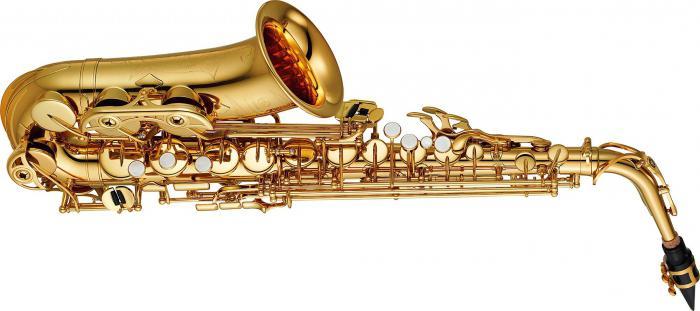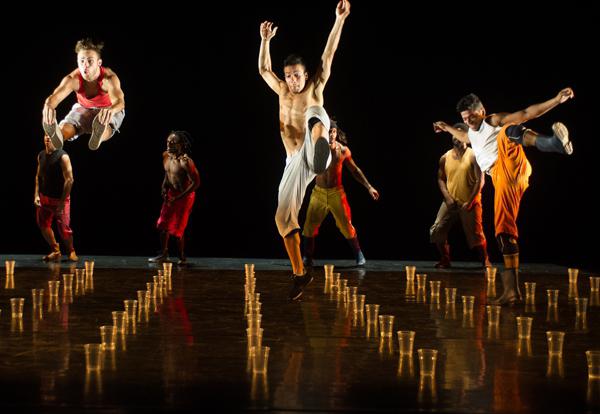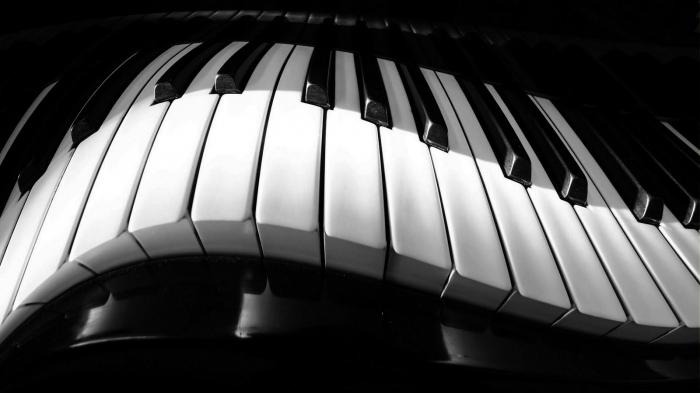Adolf Sachs: biography, music
Remembering such a name as Adolf Sachs, biographywhich is closely connected with the world of musical instruments, we can not help but associate it with the saxophone known to everyone. Few people know that in addition to creating his main child, he was engaged in a lot of various improvements in the field of wind instruments.
Family of Adolf
In Belgium in a big musical family on November 6In 1814, the boy Adolph Sachs was born. Biography of Antoine-Joseph (second name) is very unusual. His father Charles Joseph was a famous wind instrument master in his country and in neighboring states. The work of the virtuoso was highly appreciated by the king, and in 1818 Charles Sachs was invited to the royal court. He became responsible for the supply to the Belgian regiments of brass musical instruments for orchestras.
The family had eleven children. Adolf was the eldest, and that is why his father began to dedicate his secrets to the creation of musical instruments.
Early start

Adolf Sachs, music for which became the meaninglife from the age of six, turned out to be a very gifted child. From a young age, he observed his father's skill and showed good abilities. When Adolphe turned twelve, the father gives him some independence, allowing grinding the valves (very fine work) and collecting individual parts of the wind instruments. His first instruments - a flute and a clarinet - the young master creates in sixteen years. In addition, he is trained in playing musical instruments at the Brussels Conservatory. This helps him to master the musical instrument professionally. Conservatory Adolf ends brilliantly. This opens up wide opportunities for him in music making, conducting, teaching. Great prospects are predicted for him. However, Adolf Sachs chooses another road. He prefers to do his favorite thing - making musical instruments.
Talents of Adolf. The first achievement

Undoubtedly, other children of Charles Joseph in that orto a different degree took part in the work of his father in his workshop. But the oldest son, Adolf, showed the greatest talent, skill and zeal in mastering such a fine musical specialty as the creation of wind instruments. Therefore, at twenty, Saks receives the management of his father's workshop. This fact in the biography of Adolf Sachs becomes key. In 1834, the young master makes the first major improvement: in the standard scheme of the German clarinet model he increases the number of valves to 24, which makes this musical instrument much richer in the range of the register. For this he received in 1835 a Certificate of Merit from an industrial exhibition in Brussels, and in 1840 patented his invention.
The prototype saxophone
The opening of the windmill factory is anotherAn important step that Adolf Sachs did. Music has become, in the literal sense, the work of his whole life. The successful operation of the workshop at the imperial court allowed the accumulation of money, and in 1842 in Paris, mass production of musical instruments was established. Adolf Sachs himself continued work on improving the product.
As a result of painstaking work to improvebass clarinet the master changes its form: it becomes like a smoking pipe. This allows you to significantly expand the range of sound. The sound holes are different, the blowing valve appears. This modernized musical instrument became the prototype of the saxophone.
The birth of a new instrument

The master continued to work. The modernized clarinet was reworked even more - poured out of metal. A mouthpiece is fitted to it, the cross section is widened downwards. And now, in 1842, a new wind instrument appears, the inventor of which was Adolf Sachs. What did the saxophone master call the beginning? It was called an obekleid.
Sax's friend, a French romantic composer, wasdelighted with the homogeneous rich sound of the new instrument, its technical mobility, and offered to call it saxophone, combining the name of inventor Sachs with the Greek word "phone", meaning "sound." In literal translation, the name means "the sound found by Sax". Berlioz was the first to write a musical piece with the participation of a saxophone.
The tool was patented in 1946, and in 1949 was awarded a gold medal at an industrial exhibition in Paris.
Adolf Sachs himself described the saxophone so: "My favorite, but also a difficult child." The inventor had to go through several lawsuits in court to prove his authorship regarding the "favorite child".
The way saxophone to the musical Olympus

Adolph Sacks, the inventor of the saxophone, thanks toit was this innovation in music that became known throughout the world, although later it was modernized by other wind instruments, created saxogorn. In total for the life the master has patented about 35 inventions.
At first, the saxophone is used only in the militaryorchestras. Gradually the famous composers of that time began to pay attention to this unusual instrument. Bizet uses the sound of a saxophone in "Arlesian", Glazunov writes a concert for a saxophone. The new instrument is used in the orchestration of "Pictures from an Exhibition" by Musorgsky, made by Ravel, and also in his "Bolero." Prokofiev introduces the saxophone into the ballet Romeo and Juliet, Rachmaninov in Symphonic Dances, and Khachaturyan in the ballet Gayane.
The modern musical world, especially jazz, is difficult to imagine without a saxophone. This instrument is also used as a solo in the ensemble, a bit less often - in the orchestra.
Life difficulties

Adolf Sachs, in addition to working in the factory, continuescollaborate with the Paris Conservatory, where he delivers musical instruments. In it, in 1857, he organized a saxophone class, teaches from 1858 to 1870. His longtime friend and admirer, composer Hector Berlioz, noted that the saxophone is a new instrument with a greater sound power, having a full, pleasantly vibrating timbre and yet easy to soften.
Talent did not provide the master with rainbow and lightlife. His successes were envied, enemies were jealous of fame and world recognition. Adolf Sachs, whose biography was supplemented by real war of lawsuits, tried to protect his inventions and his honest name from accusations of plagiarism. He hired expensive lawyers, who often worked "for two camps." This eventually ruined the masters, the factory went bankrupt, the case had to be closed.

The problems that have fallen on him finally undermine the health of an elderly person, and on February 4, 1894, he dies in poverty.
By the end of the 19th century the saxophone was becoming more and moreknown wind instrument. He is not included in the symphony orchestra as the main one, but composers often use the saxophone to add expressive sound characteristics to the rest of the instruments. With the advent of jazz in the 20th century, the saxophone acquires a deafening popularity. It is a pity that Adolf did not live to see his triumph.
Personal life
Adolf Sachs, whose biography is interesting andtragic at the same time, devoting himself to music. She took first place in his life. The master was not officially married, although he lived in a civil marriage with the Spaniard Louise Adel Maor. In their family were brought up 5 children. His father's business was revived by his son Adolf-Eduard.








